
Nigel
Marketing ExecutiveVisit Nigel's LinkedIn Profile
Published: 23 October 2020 · Last Updated: 3 October 2023
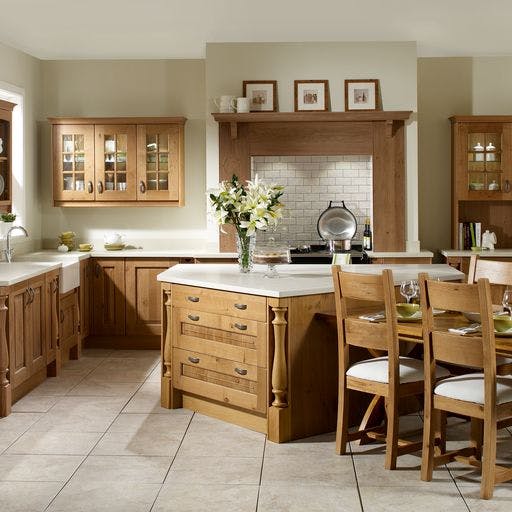
When we picture our dream kitchen, we see more than a place to cook. It’s a hub where families gather, share conversations, and ultimately, make memories.
Yet, navigating the path to a kitchen renovation can be both time-consuming and difficult. The concerns about budgets, aspirations, and the overall design can loom large. But fear not, as your local kitchen design and installation specialist, we are here to provide you with guidance every step of the way.
Whether your aim is to enhance your home’s value or engage in a new DIY endeavour, here you can find a step-by-step guide to everything you need to know ahead of your kitchen renovation to make it a smooth and worry-free process overall.
1. Preparing your kitchen renovation
2. Planning your kitchen renovation
3. Designing your dream kitchen
4. Managing your kitchen renovation
5. Execution and completion
6. Enjoying your new kitchen
Before starting your renovation, take a step back and think about your needs and goals. Ask yourself what you are trying to achieve. That could be optimising your kitchen’s workflow by making it more spacious or simply modernising its appearance.
Whatever goal and need you have, make sure to follow through and reflect on your aspirations during this process.
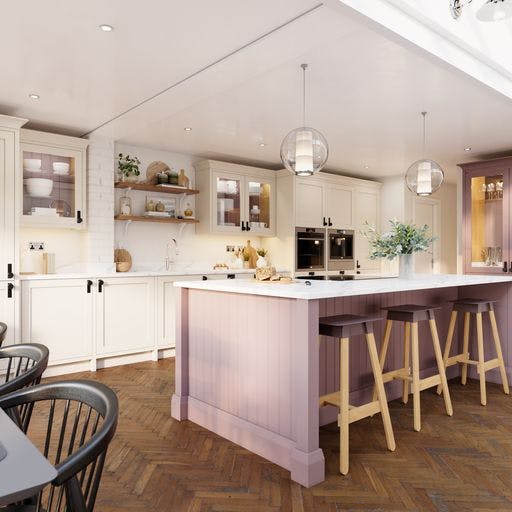
Renovations can be pricey, especially when improving a family kitchen. On average, you can expect to pay £20,000 for a budget kitchen renovation, according to our data.
That’s why, it’s wise to establish an allocated budget at the beginning of your journey by taking into consideration contractors’ salaries and the average prices of items and materials used.
It's also important to ponder your approach to your kitchen renovation project. Are you inclined to handle it on your own, or would you prefer the convenience of a full-service provider? Enlisting the expertise of professionals can significantly alleviate the burdens of a DIY renovation. We encourage you to consider our services as your solution.
Emma Reed, expert at Kitchens, says a good budgeting rule is reserving 30% of your assigned money for kitchen cabinets, 10% for kitchen countertops, 14% for kitchen appliances, 4-5% for kitchen plumbing, 5% for electrics, 2-5% for kitchen flooring, and the rest for labour and unexpected costs.
After setting a budget, now is the time for the fun part: researching your dream kitchen.
Use Pinterest, Instagram, TikTok, or other social media platforms and magazine websites to create a ‘mood board’ and understand exactly what you’re looking for. This would be a great reference going forward for any designer trying to make your dreams come true.
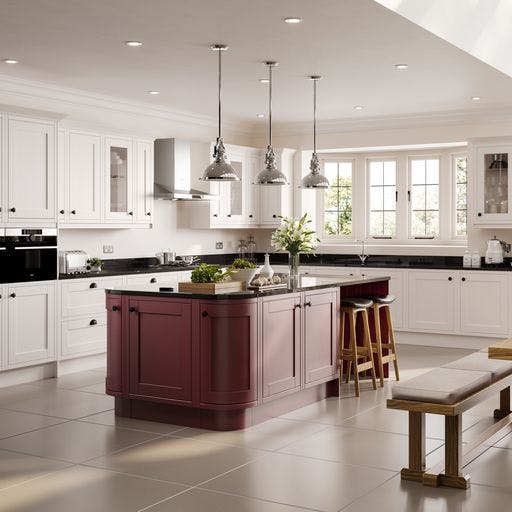
Setting a clear timeline is crucial for your renovation project.
Normally, a kitchen renovation takes about four weeks to complete. Before starting the process, take the time to create a practical schedule that outlines each step of the process, starting from the planning stage and ending with the final touches. This timeline keeps everything organised and helps prevent unexpected surprises.
This way, having a clear schedule ensures that your project stays on course and progresses smoothly.
For a truly stress-free experience, consider if you'll require the skills or have the budget for an architect, interior designer, contractor, or a specialist in kitchen renovations. Once you've made your decision, reach out to the professionals you've chosen. They'll bring their expertise to your project and help you turn your ideas into reality.
A planning application for installing a kitchen or bathroom is generally not required unless it is part of a house extension. However, if your property is a listed building you should consult the local planning authority.
Efficiency is key. Plan a layout that optimises space and workflow, considering the kitchen work triangle—the relationship between the stove, sink, and refrigerator.
Ah, the heart of your kitchen – the cabinets and storage that blend functionality with aesthetics.
The choice of cabinetry can set the tone for the entire space. Your dream kitchen is more than just a cooking area; it's a reflection of your taste, lifestyle, and the memories you're about to create.
Whether you want a high-contrast kitchen or simply follow the latest kitchen trends, choose your cabinets to reflect your preferences and mood board.

When designing the perfect kitchen, choosing the right appliances is crucial. These essential tools make your life easier and contribute to your space’s overall aesthetics and functionality.
Seek out appliances carrying the Energy Saving Trust Recommended label – these models adhere to stringent energy efficiency standards outlined by the UK’s Energy Saving Trust. By selecting these appliances, you're not only being mindful of your budget but also making a positive impact on the environment.
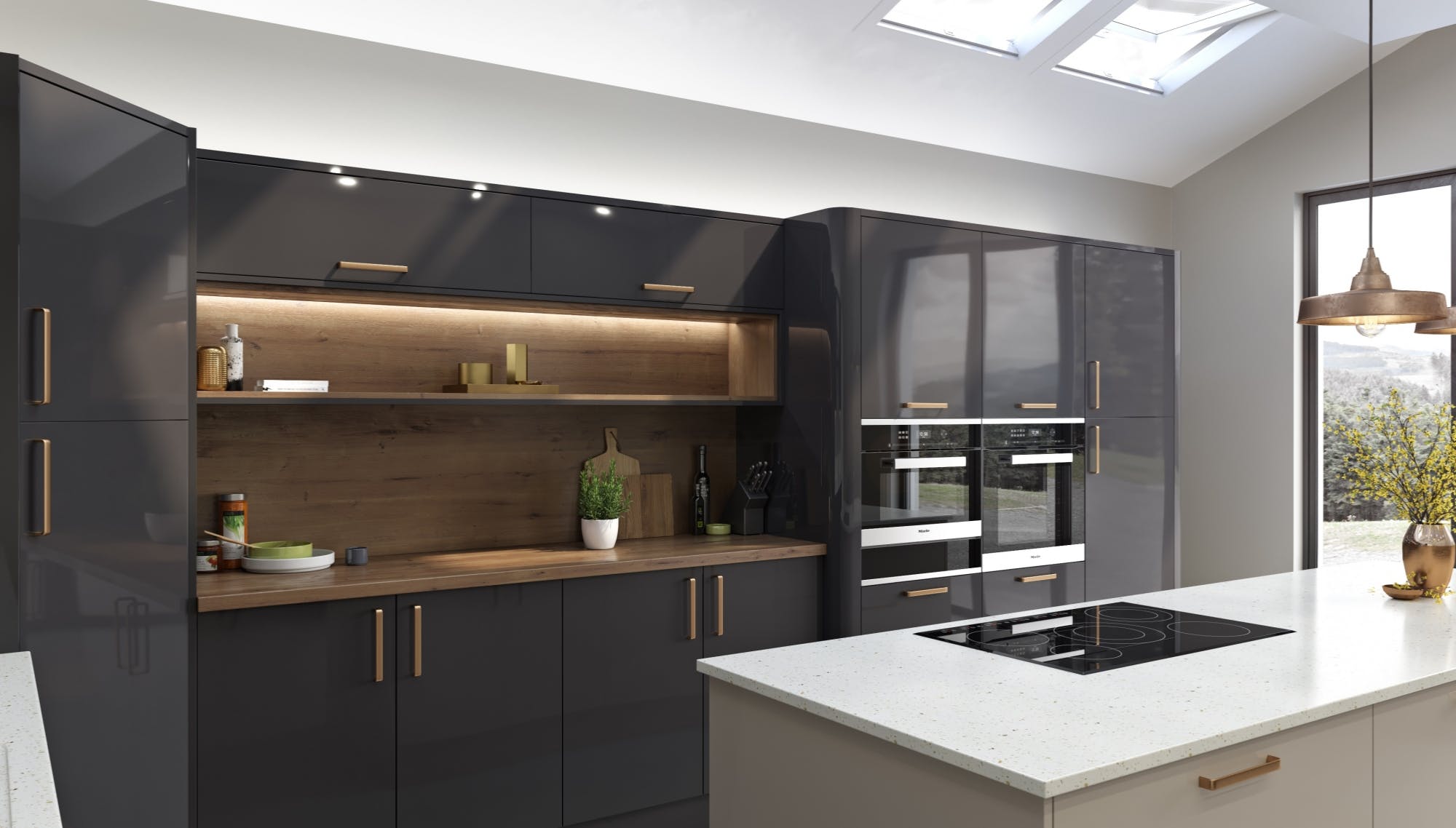
Create the perfect ambience in your kitchen by investing in a lighting scheme that combines ambient, task, and accent lighting for optimal functionality and ambiance.
For the kitchen, you should go for ceiling lights made of steel, metal, glass or plastic. These materials are easy to wipe and don't take on the smell of cooking fumes.
Go back to your mood board and identify the colour scheme most preferred by you.
If you need more support to decide on a colour scheme that suits your taste and compliments the overall design check out a colour wheel. You might think they're only for primary school classrooms, but colour wheels are great for helping you understand what shades sit well together.
If your heart is set on incorporating a kitchen island into your kitchen design, and providing you have sufficient space of at least 12ft x 8ft, then prior to anything else it is essential you decide what purpose you want the kitchen island to serve and what you want it to be used for, i.e., housing an appliance.
Doing so will allow you to adhere to the golden triangle of kitchen design, which is a fundamental kitchen layout theory that refers to the most practical locations to store, cook, and clean in an efficient, rotational, manner.
Limiting the amount and range of movement when carrying out tasks, the golden triangle assimilates the ability to draw a line from one appliance to another, forming the shape of a triangle, promoting practicality and the best use of available space.
Once all the planning is done and you’ve decided on all the materials you want to use, it’s time to get handy.
Despite discussing design and planning in detail, it’s no secret that the biggest challenge comes with how to project manage your kitchen renovation. With a wide range of contractors likely to be required, and depending on your design, it’s possible you may need up to eight skilled tradespeople to get your project complete.
Covering electrical work, plumbing work, joinery, tiling, building, plastering, and decorating, as well as sourcing each individual skilled worker and ordering and storing all your materials, you’ll also need to manage their input interchangeably as the project progresses.
Finding a reliable and efficient contractor who understands your vision is key to creating your dream kitchen space.
Here are some tips for finding the right contractor for your project:
It’s also good to maintain open communication with your contractor and team throughout the renovation process.
While planning is important, it's also smart to be ready for things that might not go as planned. Sometimes unexpected problems come up or you might want to make changes along the way. Having backup plans in case something doesn't go as expected can save you stress and help your project stay on track.
It's a good idea to keep a close eye on how much you're spending during your renovation. This way, you can make sure you're not spending more money than you planned. By keeping track of your expenses, you can make adjustments if needed to stay within your budget.
Visiting the renovation site regularly is a way to keep things on the right path. You can see how things are progressing, make sure the work is being done properly, and spot any issues early on.
If you have any concerns or questions, visiting the site gives you a chance to discuss them with the people working on your project. This helps keep everything running smoothly and ensures that you're getting the results you want.
This phase is just the beginning - we all need to clear the canvas before creating the masterpiece.
Walls, fixtures, and outdated elements are taken down, making way for a fresh design. This process requires a balance of caution and precision to avoid damaging any structures that will remain. As the old is cleared away, the space gets ready to embrace the new vision you've envisioned.
With the foundation set, it's time to see your plans come to life. Cabinets find their places on the walls, countertops fit seamlessly in, appliances find their dedicated spots, and fixtures are installed. This phase requires skilled hands, attention to detail, and a keen eye for alignment and precision. As the various components integrate into your kitchen, you'll witness your ideas becoming tangible realities.
Here hardware is added to cabinets and drawers, paint is carefully applied to walls, and trim is placed where it enhances the overall aesthetics. These details might seem small, but they're what elevate the design from ordinary to exceptional. Each choice contributes to the cohesive and polished look you've envisioned.
As the project nears its completion, it's time for a comprehensive evaluation.
A thorough inspection is carried out to ensure that every aspect aligns with your vision and meets the highest standards. From functionality to aesthetics, this review leaves no stone unturned.
Any issues are addressed, ensuring that your new kitchen is not only visually appealing but also fully operational.
Pop the champagne, your job is done! As long as everything works perfectly, now is the time to enjoy the new space you’ve created with a lot of hard work.
The fulfilment of seeing your vision materialise, along with the practical enhancements, makes this moment significant. It's now a space where you can cook, gather, and enjoy moments that resonate with your personality, taste, and requirements.
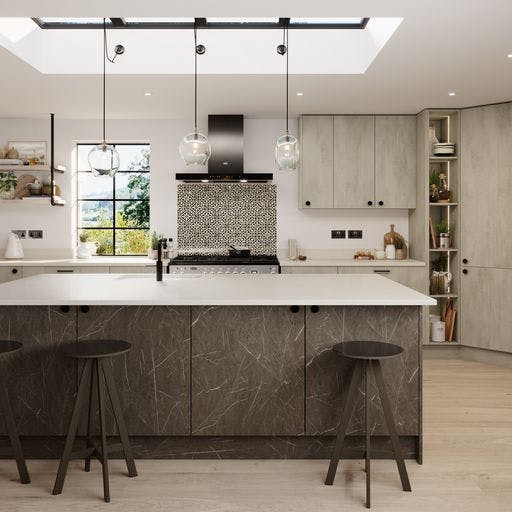
From cleaning countertops and appliances to caring for your cabinets and flooring, it’s important to learn about the best practices for maintenance.
Understanding the proper care routinesnot only preserves the aesthetics but also ensures that your kitchen continues to function seamlessly. This commitment to maintenance ensures that your investment remains a source of pride and pleasure well into the future.
It’s party time! Whether you’re hosting lively dinner parties, preparing festive holiday feasts, or simply enjoying a cup of coffee with a friend, your kitchen becomes a space for making memories.
Here are some tips for hosting a party with your loved ones stress-free:
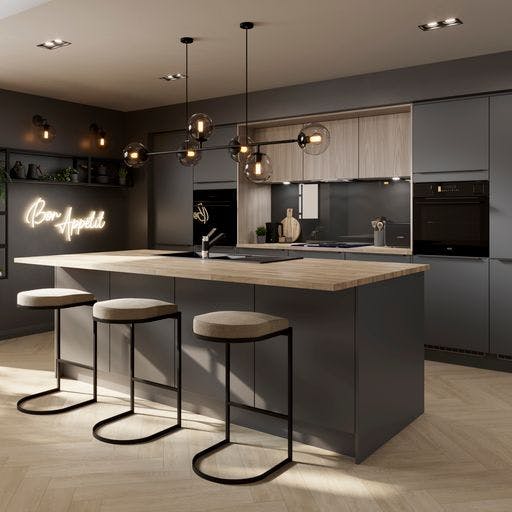
By now, you've learned that assessing your needs, setting a budget, and gathering inspiration lay the foundation for a successful project. Creating a well-structured timeline, enlisting skilled professionals, and securing necessary permits ensure a smooth process.
And that’s something we can help with. At More Kitchens, we’re experts in all aspects of kitchen design and installation. Managing the entire project from start to finish, if you want to transform your kitchen space, then call a friendly member of our team today or book a free design appointment with us today.
Similarly, though, if you’re not convinced after this that the simple way is the right way for you, you’ll find more inspiration with our Peninsula kitchen, Open Plan kitchen, and L-shaped kitchen design, blogs.To maintain budget control, establish a detailed budget from the outset, allocate funds for unforeseen expenses, and regularly track your spending. Communicate openly with your contractor, and be prepared to make adjustments if needed while prioritizing essential features and minimizing unnecessary expenses.
When selecting appliances, focus on functionality, energy efficiency, and aesthetic cohesion with your overall design. Look for appliances that offer the features you need while complementing the style and layout of your kitchen. Don't forget to measure your space to ensure a proper fit.
You can opt for energy-efficient appliances, sustainable materials (like bamboo or reclaimed wood), low-VOC paints, and LED lighting. Additionally, consider recycling or repurposing existing materials to reduce waste. Consulting with a design professional who specializes in eco-friendly design can also help you make environmentally conscious choices.
Renovations can encounter unexpected issues, such as hidden structural problems or delays in materials delivery. To mitigate these challenges, build a buffer into your timeline and budget, work with experienced professionals, and maintain clear communication. Being flexible and patient will go a long way in ensuring a successful renovation journey.
While some tasks like electrical and plumbing work should be handled by professionals, you can take on aspects like choosing colors and materials. Hiring a design or renovation expert can ensure a smoother process, but the level of professional involvement depends on your skills and the complexity of the project.
Temporary inconveniences are common during a kitchen renovation. Set up a makeshift kitchen in another area of your home, invest in a microwave or toaster oven, and plan simple meals. Keep communication lines open with your contractor for updates on the project's progress.